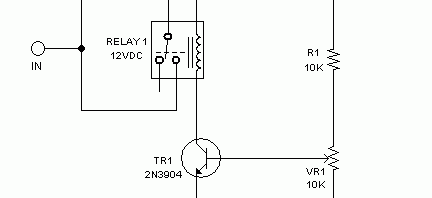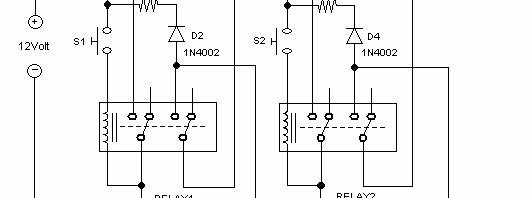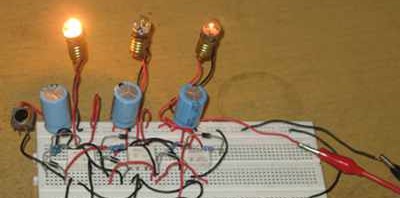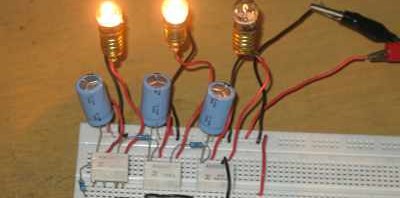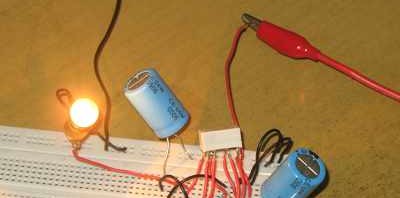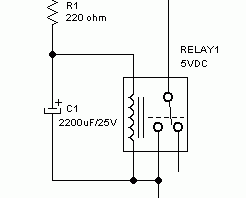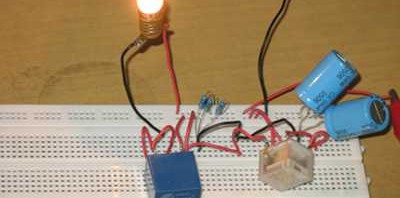Analog Temperature Controller Circuit for Soldering Station
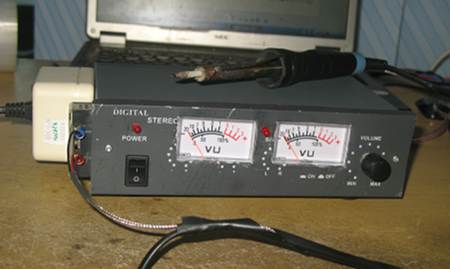
Temperature Controlled Soldering Station With temperature control, we can take some benefits in soldering: lower cost for electric power, safer operation of soldering critical components from excessive heat, and longer life for the soldering tip. We can save the electricity power consumption up to 50% of the uncontrolled one. A high quality soldering tip, which can be expensive enough, often […]
Read more